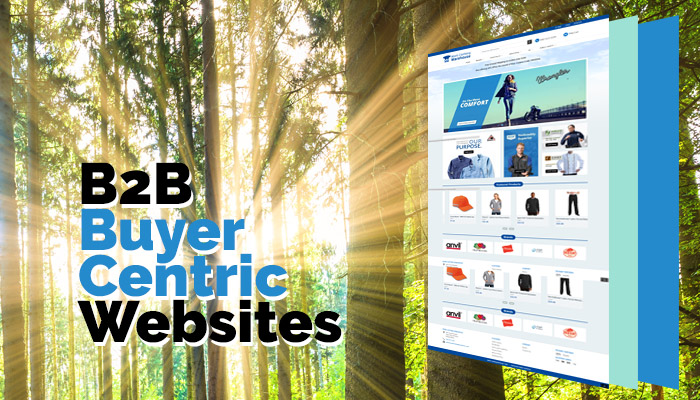
Your Marketing, Brand, Word of Mouth, or Products got customers to visit your website or microsite.
Now, how do you get them to buy, interact, stay, or return?
Conceptually, when you are dealing with different buying or customer groups the use of microsites is the rational next step in customizing the buyer experience, or the marketing or editorial content. Creating a buyer centric experience is the way to increase product and brand visibility, while at the same time embedding a memorable interaction that will shape the way visitors think of your site in the future.
Now is your time to shine!
Creating a website and/or a microsite is more than just building a place that sells something that someone may want. Your customers should experience an ecosystem that enhances buying behaviors, while showcasing products befitting their expectations.
Your customers engage your microsite from a few different perspectives
- Visual
- Aesthetic
- Content
- Product Placement
- Marketing
- Purchasing
Addressing Buyer Centricity
We have all been to sites and microsites that were out dated, functionally clumsy, irrelevant with their content, or have a very bland order entry page. When I have had my best buying experiences it has always been where the site was centered around an individualized user. Customers are becoming more savvy about the buyer centric experience due in part because many companies across the internet are starting address this issue.
Points to Build On
- Visually a site should be modern, and visually inviting, as this will likely facilitate repeat visits
- From a navigational perspective, the site should be easy to use and navigate as this should increase the probability of a purchase
- Based on prior buying patterns, products should be laid out in accordance to previous purchasing and viewing events
- The merchandising experience should reflect anticipated purchasing patterns, and promote products that would be a logical next step in the buying cycle
- Content for Marketing, Ads, or Infoware should be arranged to engineer an experience that is pertinent to the buying activity, and should lead the clientele to the next level of buying choice
- Segmenting buying groups enables you to manufacture distinct interactions for groups that have divergent buying expectations (one size generally does not fit all, and this should be conveyed for both profit and retention purposes)
If your customer is able to equate your site(s) with a pleasant visual, navigational, informational, and an experientially focused perspective, it is likely you will be able to acquire and shape their mindshare for future interactions to come.